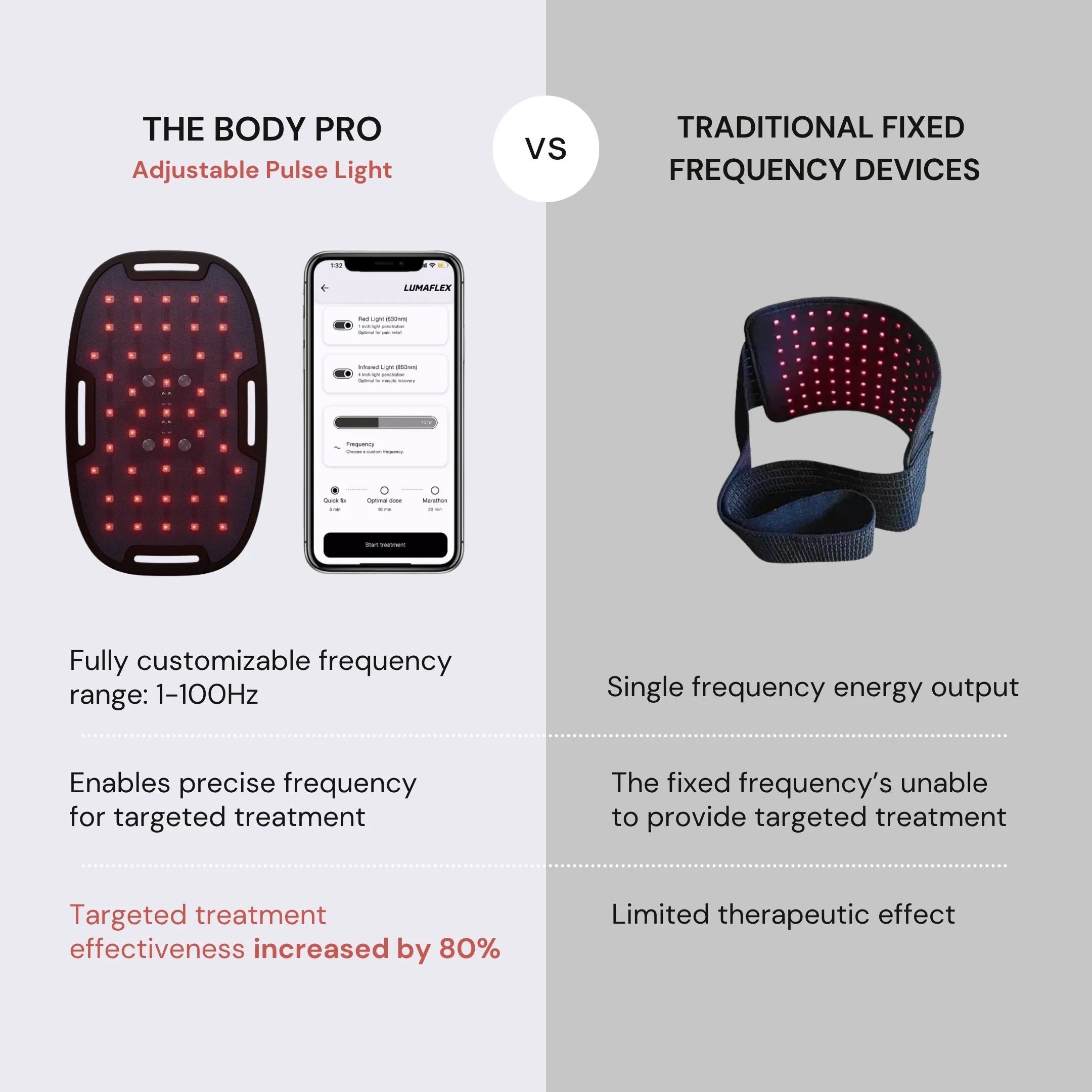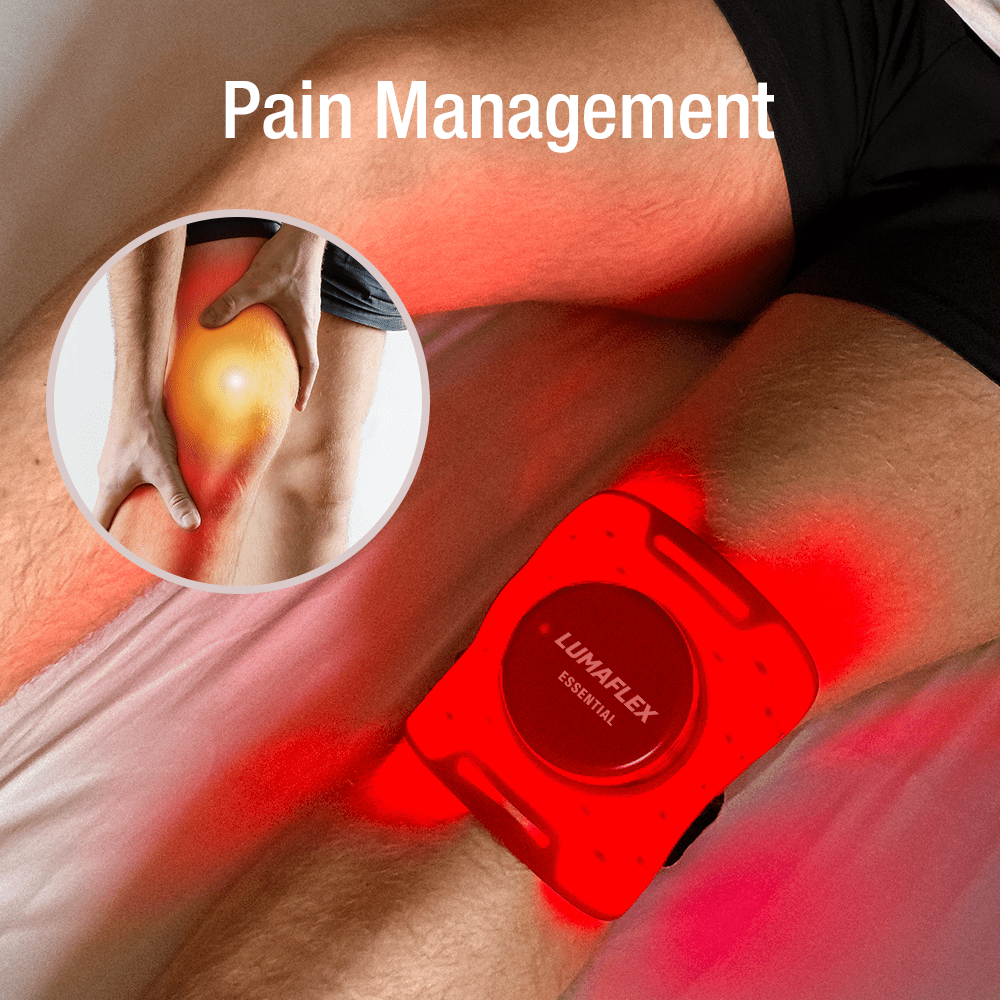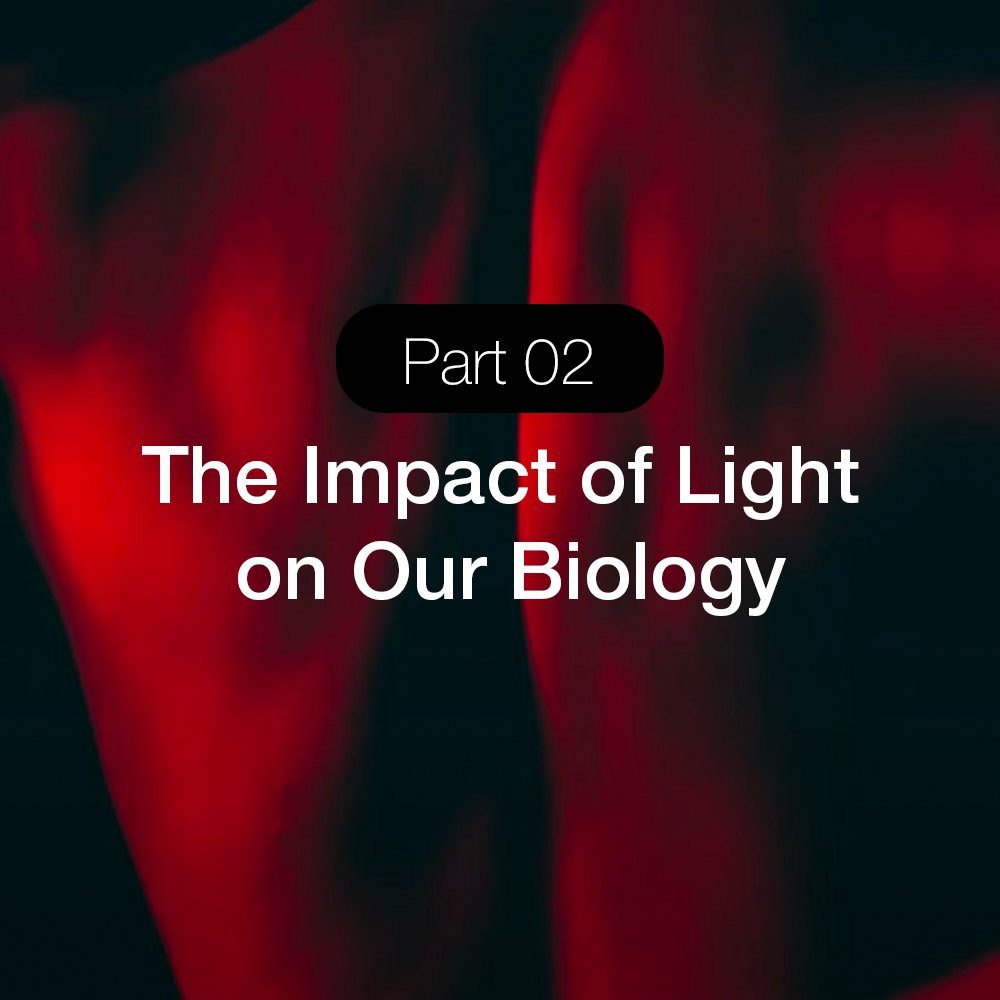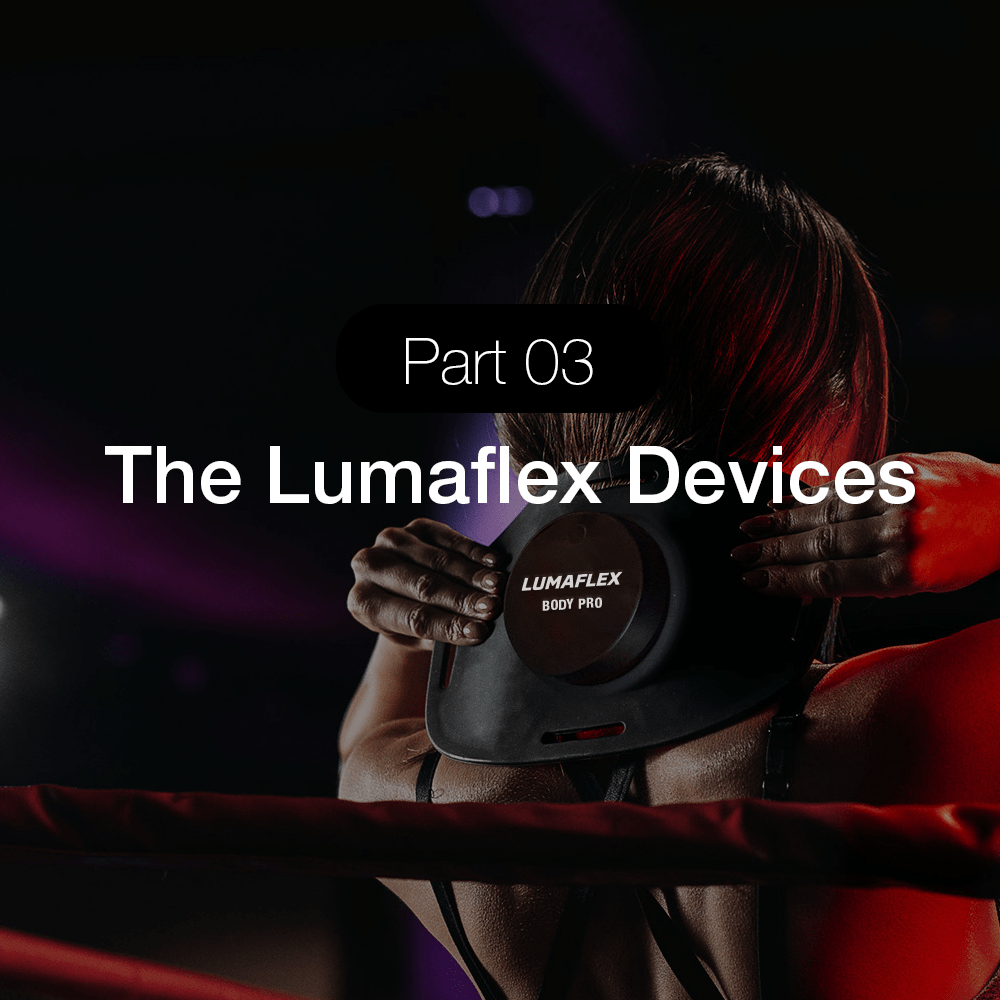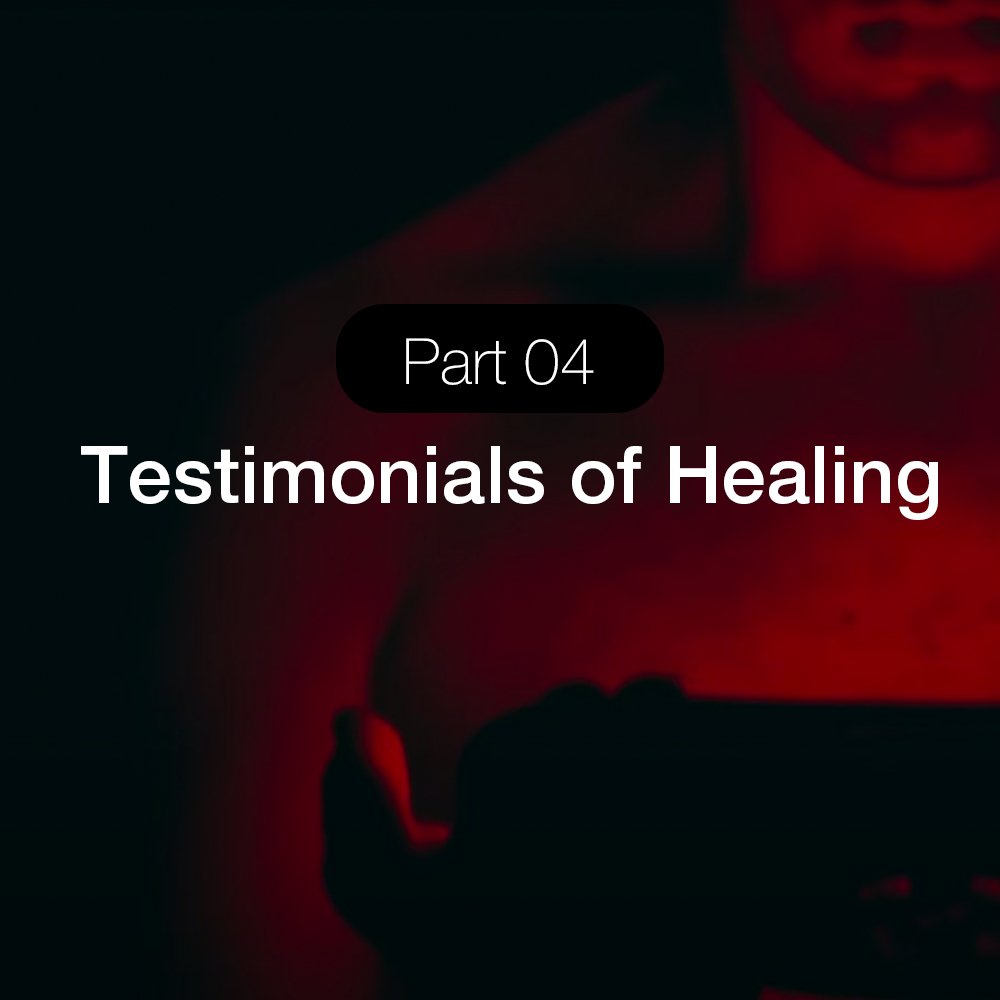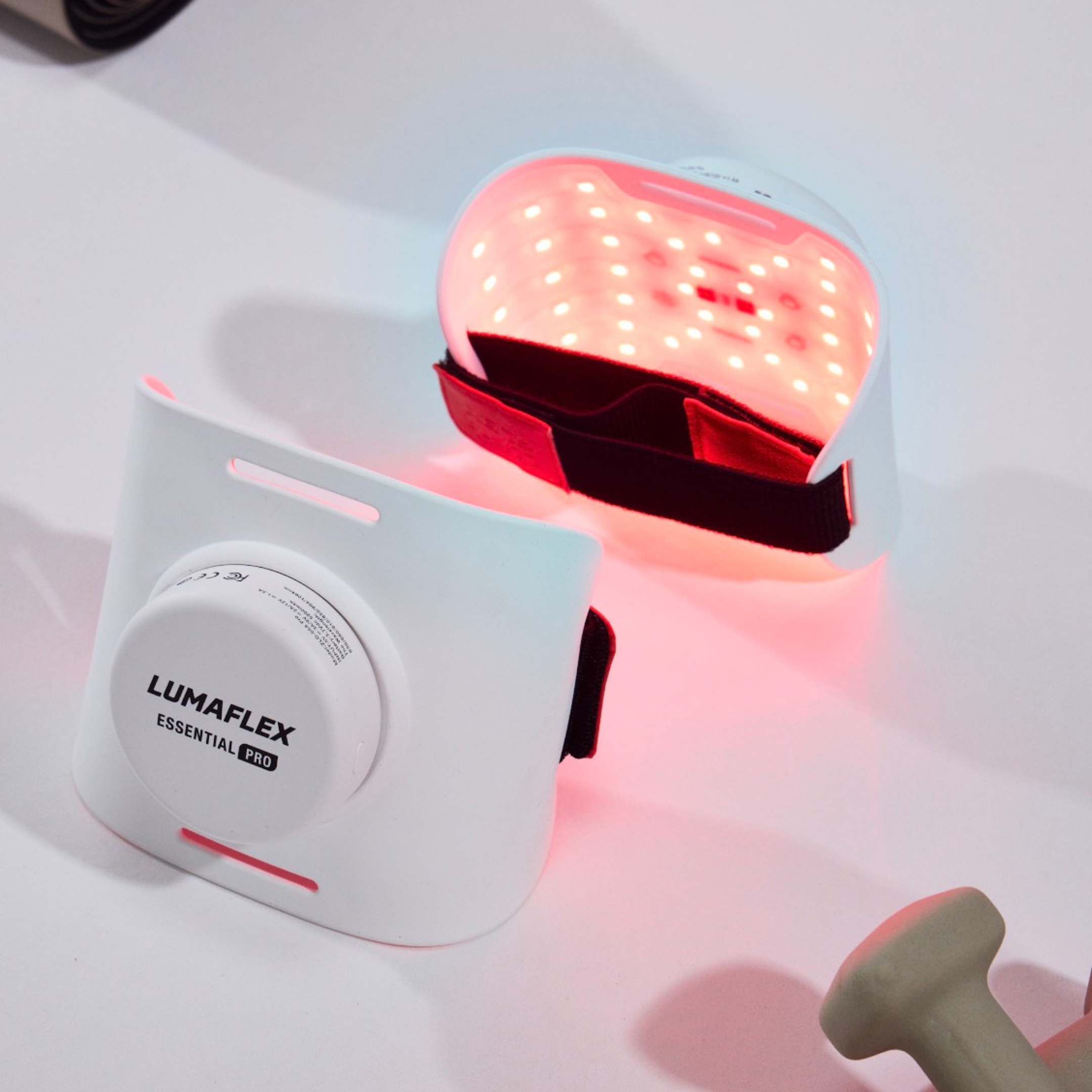PTSD Seizures: Uncovering the Hidden Struggle and Its Impact on Daily Life

The Silent Struggle of PTSD Seizures and Their Impact on Lives
On World PTSD Awareness Day, we take a moment to recognize PTSD seizures, a lesser-known but deeply impactful symptom of trauma. PTSD is often seen as a mental health condition, but its effects extend far beyond the mind and can manifest physically in ways many don't recognize. PTSD seizures are one such manifestation—unpredictable, terrifying, and isolating for those who experience them.
This day reminds us to not only acknowledge the emotional scars of trauma but also the physical toll it takes. As awareness of PTSD grows, it’s crucial to shine a light on symptoms like PTSD seizures that often go unnoticed or misdiagnosed. By spreading knowledge and offering compassion, we can create a world where individuals affected by PTSD feel seen, supported, and empowered to seek the care they need.
Table of content
- 1. The Silent Struggle of PTSD Seizures and Their Impact on Lives
- 2. What Are PTSD Seizures? How Trauma Can Trigger Physical Episodes
- 3. Common Symptoms and Triggers of PTSD Seizures You Should Know About
- 4. Why PTSD Seizures Are Often Misdiagnosed: The Hidden Challenges
- 5. How PTSD Seizures Disrupt Daily Life and Relationships
- 6. Effective Treatments and Therapies for Managing PTSD Seizures
- 7. Coping Strategies and Support Systems for Living with PTSD Seizures
- 8. Raising Awareness and Seeking Help for PTSD Seizures
- 9. Related Readings
What Are PTSD Seizures? How Trauma Can Trigger Physical Episodes
PTSD seizures are episodes of abnormal brain activity that occur as a result of trauma. Unlike epilepsy-induced seizures, which are caused by electrical disruptions in the brain, PTSD-related seizures are trauma-induced. These seizures are a physical manifestation of the brain’s response to the emotional and psychological toll of PTSD. Essentially, they occur when the brain becomes overwhelmed by stress or traumatic memories, leading to sudden and unpredictable physical reactions.
The symptoms of PTSD seizures can vary from person to person, but common signs include:
- Sudden jerking movements or twitching
- A temporary loss of consciousness or blank stares
- Confusion or disorientation immediately following the episode
- In some cases, a feeling of intense physical fatigue
What sets PTSD seizures apart from epileptic seizures is that they do not stem from the same electrical brain activity disruptions typically seen in epilepsy. Instead, PTSD seizures arise from the brain’s response to the emotional and physical impact of trauma, often triggered by stress, flashbacks, or other PTSD-related symptoms. While these episodes can resemble traditional seizures, the underlying cause is deeply rooted in emotional distress rather than neurological dysfunction.
Common Symptoms and Triggers of PTSD Seizures You Should Know About

1. Common Symptoms of PTSD Seizures
Recognizing the physical signs of PTSD seizures is key to understanding them and getting the right care. While they may appear similar to other neurological events, they’re actually closely tied to trauma and how the brain responds to stress. Some common symptoms include:
- Jerking Movements: Sudden and involuntary twitching or jerking of the limbs. These movements can vary in intensity, sometimes being mild, other times more severe.
- Loss of Awareness: A brief loss of consciousness is common, often accompanied by a blank stare or a sudden disconnect from the environment. This can last anywhere from a few seconds to minutes.
- Post-Seizure Confusion: After the episode, individuals often experience disorientation, memory gaps, or confusion about what just occurred.
- Blank Expressions: During the seizure, some may appear distant or non-responsive, with a glazed-over or vacant stare.
2. Emotional and Cognitive Symptoms During Seizures
In addition to the physical signs, PTSD seizures often occur alongside other emotional and cognitive challenges. These seizures are not just isolated events but are tied to the larger context of PTSD. They can be accompanied by:
- Heightened Anxiety: Individuals may feel extreme fear or worry during and after a seizure, adding to their emotional strain.
- Hypervigilance: The tendency to be on high alert, expecting danger at all times, which can make seizures even more difficult to manage.
- Depression: Feelings of sadness, hopelessness, and a lack of control can emerge, complicating both the seizures and overall PTSD management.
These emotional and cognitive components can make the experience of PTSD seizures even more overwhelming and isolating.
3. Triggers for PTSD Seizures
PTSD seizures don’t occur in isolation. They are often triggered by specific events or situations that reawaken trauma responses. Common triggers include:
- Flashbacks: These can be vivid and intense, causing the person to relive traumatic events. Flashbacks can lead to heightened stress and trigger a seizure.
- Sudden Loud Noises: A loud sound, like a car backfiring or a loud bang, can startle someone with PTSD and potentially set off a seizure.
- Panic or Fear-Inducing Situations: Situations that evoke a sense of danger or panic—such as crowded places, conflict, or confrontations—are known to trigger PTSD seizures.
- Sleep Deprivation or Nightmares: Lack of sleep can heighten PTSD symptoms, while nightmares can directly trigger a seizure-like episode.
These triggers highlight the complex relationship between PTSD and seizures, where external stressors play a critical role in provoking these episodes.
4. The Physical and Emotional Strain of PTSD Seizures
The unpredictability of PTSD seizures can exacerbate the overall burden of PTSD. The physical toll includes exhaustion and possible injury during the episode, while the emotional strain stems from the fear and anxiety of not knowing when the next seizure will occur. This constant cycle of stress and trauma can worsen an individual’s mental health, leading to:
- Chronic Exhaustion: The toll of frequent seizures can leave someone feeling physically drained, adding to the fatigue already caused by PTSD.
- Increased Anxiety: The uncertainty surrounding when the next seizure might happen adds to an already heightened sense of fear.
- Social Isolation: Fear of judgment or misunderstanding may lead individuals to avoid social situations, further deepening feelings of loneliness and isolation.
As each trigger sets off a cycle of physical and emotional strain, those living with PTSD seizures face the daunting challenge of managing both the trauma and its unpredictable physical consequences.
Why PTSD Seizures Are Often Misdiagnosed: The Hidden Challenges

Misunderstanding PTSD Seizures
One of the biggest challenges for those living with PTSD seizures is that these episodes are often misdiagnosed or overlooked entirely. Many medical professionals mistake PTSD seizures for other conditions, such as panic attacks, anxiety, or even epileptic seizures. Because the outward symptoms like sudden jerking, loss of awareness, or confusion are similar, these trauma-induced seizures are often not recognized for what they truly are: a physical manifestation of PTSD.
Confusion with Other Conditions
PTSD seizures can easily be confused with epilepsy or other neurological conditions. While epileptic seizures involve electrical disruptions in the brain, PTSD seizures stem from trauma responses and do not involve the same neurological patterns. In addition, panic attacks and anxiety episodes share symptoms like confusion, disorientation, and a loss of control, which makes it harder for doctors to differentiate PTSD seizures from other disorders.
Lack of Awareness in Medical Fields
Unfortunately, many healthcare professionals may not be trained to recognize the trauma-induced nature of these seizures. PTSD is often viewed solely as a mental health disorder, rather than one that can have significant physical manifestations, leading to underdiagnosis of PTSD-related seizures. The lack of awareness about how trauma affects both the brain and body means these symptoms can easily be missed.
Consequences of Misdiagnosis
When PTSD seizures go misidentified, the following consequences can arise:
- Mismanagement of Treatment: Patients may receive treatments that don't target the root cause of the seizures.
- Delayed Healing: Without proper diagnosis, healing may take longer as trauma remains untreated.
- Lack of Appropriate Therapy: Inadequate care may lead to a prolonged struggle, as trauma-focused therapies aren’t introduced.
Proper diagnosis is crucial to managing both PTSD and its physical manifestations. When seizures are overlooked or misdiagnosed, individuals may not receive the right care, further complicating their recovery journey.
How PTSD Seizures Disrupt Daily Life and Relationships
Living with PTSD seizures means facing the constant uncertainty of when the next episode might occur. The unpredictability of these seizures can disrupt everyday activities, making even simple routines feel daunting. Individuals may avoid certain tasks or places due to the fear of having a seizure in public or during an important moment. The anxiety surrounding these episodes can weigh heavily on the individual, making it harder to focus or stay present in their daily life.
Work and Social Life
Maintaining a job or attending social events can be a significant challenge for those experiencing PTSD seizures. The fear of having a seizure in public or during professional meetings often leads to avoidance of social gatherings or work obligations. This fear of judgment or misunderstanding can cause individuals to withdraw, which impacts their overall quality of life. As a result, they may struggle to keep up with career goals or maintain relationships with friends and family.
Physical and Emotional Exhaustion
The aftermath of a PTSD seizure can leave individuals feeling mentally and physically drained. The intense energy required to recover from an episode, combined with the emotional toll of constant stress and fear, can lead to profound exhaustion. This fatigue makes it even harder to engage in relationships, complete daily tasks, or even get through a typical day without feeling overwhelmed.
Strain on Relationships
The lack of understanding about PTSD seizures often leads to social isolation. Friends, family, and even colleagues may struggle to comprehend the physical and emotional burden of these seizures, creating a divide between the person with PTSD and their support system. The absence of adequate support can leave individuals feeling isolated, misunderstood, and emotionally distant from those they care about.
Common Challenges Faced in Daily Life:
- Difficulty maintaining a routine due to unpredictability of seizures
- Avoidance of social gatherings or work obligations out of fear of episodes
- Social isolation and withdrawal from relationships
- Chronic fatigue from the aftermath of seizures and emotional toll
- Stress and anxiety impacting daily productivity and mental well-being
Effective Treatments and Therapies for Managing PTSD Seizures
When it comes to managing PTSD seizures, treatment often involves a combination of medication and therapy. The goal is to address both the physical manifestations of the seizures and the underlying PTSD. Common approaches include:
- Anti-seizure medications: These drugs help control seizure activity, although they are typically used when seizures are particularly frequent or severe.
- Anti-anxiety or antidepressant medications: These medications target the emotional aspects of PTSD, helping to reduce anxiety, depression, and the intense stress that can trigger seizures.
- Cognitive Behavioral Therapy (CBT) or EMDR (Eye Movement Desensitization and Reprocessing): Both therapies are effective for trauma resolution. CBT helps individuals reframe negative thought patterns, while EMDR targets traumatic memories to reduce their emotional impact, ultimately reducing seizure triggers.
Emerging Therapies
Recent studies suggest that light therapy may offer promising results for treating post-traumatic stress disorder (PTSD) and epilepsy. Red and near-infrared light therapy has shown potential in improving cognition and reducing PTSD symptoms in patients with chronic traumatic brain injury (Naeser et al., 2016).
Photobiomodulation therapy has been reported to increase brain-derived neurotrophic factor production and reduce brain inflammation, potentially alleviating PTSD symptoms (Lim, 2024). While some studies have found significant improvements in PTSD symptom severity with light therapy (Millot et al., 2024), research on its effects on epilepsy is still limited.
Blue lenses filtering red light have shown promise in suppressing seizure frequency (AlDajani et al., 2023). However, more studies are needed to fully understand the therapeutic potential of light therapy for both PTSD and epilepsy. The optimal treatment parameters, including wavelengths, doses, and application methods, are still being investigated (Lim, 2024; Naeser et al., 2016).
Lifestyle Adjustments
In addition to medical treatments, making lifestyle changes can play a significant role in managing PTSD seizures. Some beneficial adjustments include:
- Regular exercise: Physical activity can help reduce anxiety, improve mood, and promote overall brain health.
- Better sleep hygiene: Establishing a consistent sleep schedule and reducing stress before bedtime can help minimize seizures triggered by fatigue or nightmares.
- Mindfulness and meditation: Techniques that focus on relaxation can lower stress levels and increase emotional resilience, reducing the likelihood of seizure episodes.
Importance of Holistic Care
The most effective treatment for PTSD seizures often involves a holistic approach, combining medical care, therapy, and lifestyle modifications. By addressing both the physical and emotional aspects of PTSD, individuals can experience greater relief from seizures and overall improvement in their well-being.
Coping Strategies and Support Systems for Living with PTSD Seizures
Living with PTSD seizures requires practical strategies to manage both the seizures and the emotional toll they take. Here are a few coping mechanisms that can help:
- Deep breathing exercises or grounding techniques: These help reduce the intensity of stress, providing a quick way to regain control when feeling overwhelmed.
- Practicing mindfulness: Mindfulness techniques, such as meditation, can reduce anxiety, improve emotional regulation, and prevent stress from escalating into a seizure episode.
- Keeping a seizure journal: Tracking triggers, symptoms, and patterns can help individuals identify factors that provoke seizures, enabling them to better manage and reduce their occurrence.
Support Systems
Seeking support is crucial for those living with PTSD seizures. Connecting with others who understand the experience can be incredibly healing. Here are a few support options:
- Support groups for PTSD: Both online and in-person groups offer a safe space to share experiences and gain insight from others who are going through similar challenges.
- Family and friends: It's vital that loved ones understand the nature of PTSD seizures. Providing emotional support and being patient can make a huge difference. Encouraging the person to stay engaged in social activities and seeking professional help when necessary can also be beneficial.
Seeking Professional Help
For those experiencing PTSD seizures, it's important to reach out to a doctor or therapist for an accurate diagnosis and effective treatment. A professional can help manage the seizures, suggest the right therapies, and make sure the individual gets the personalized, holistic care they need.
Raising Awareness and Seeking Help for PTSD Seizures
On World PTSD Awareness Day, we are reminded that PTSD is not just a mental health issue. It affects both the mind and body. PTSD seizures are a physical symptom of trauma that often go unnoticed or misunderstood. Raising awareness about these episodes is key to supporting those who suffer in silence. Share this article to help spread awareness, and if you or someone you know is experiencing PTSD seizures, reach out for help. It’s never too late to start the journey of healing and find the care and support needed for recovery.
Explore how Lumaflex's red light therapy can support your healing journey and help manage PTSD seizures. Enroll in the Lumaflex Foundations Course today to learn more about the powerful benefits of red light therapy.
Related Readings
1. Exploring the Mental Health Benefits of Red Light Therapy
2. Occupational Therapy for Mental Health: Enhancing Outcomes with Red Light Therapy
3. Red Light Therapy for Depression: A Mental Wellness Breakthrough
4. Men’s Health Issues at Work: The Hidden Cardiovascular Crisis
5. Transcranial Photobiomodulation for Depression, Anxiety, and PTSD
6. NAD IV Before and After—How Red Light Therapy Enhances Results
7. New Job Anxiety? Red Light Therapy to Help You Thrive in Your First Week







